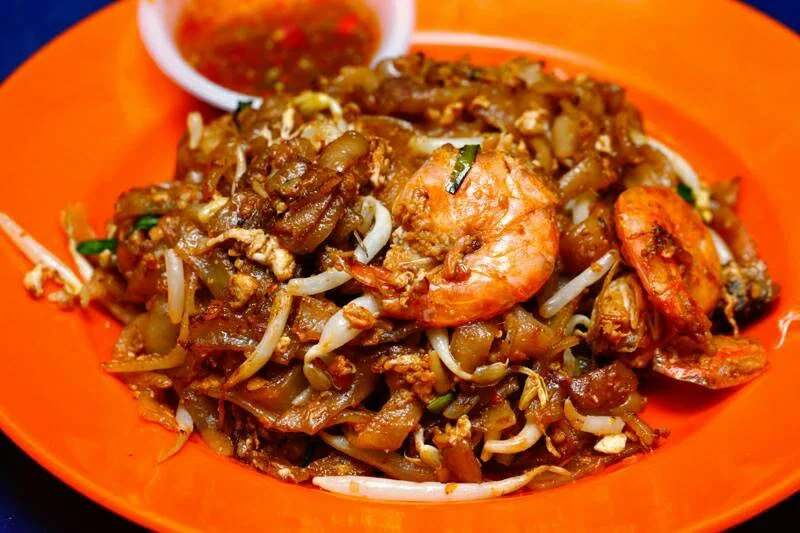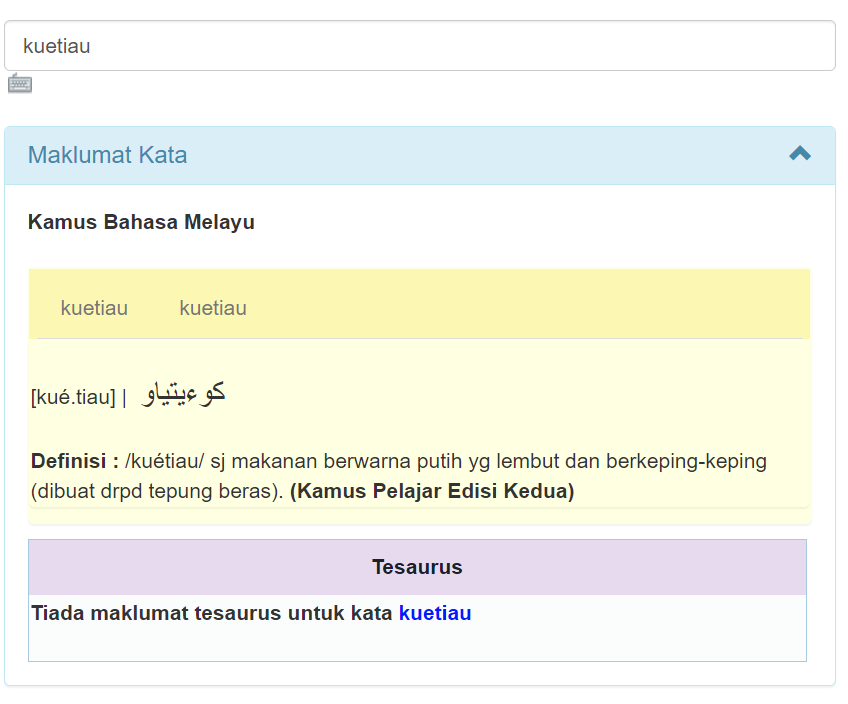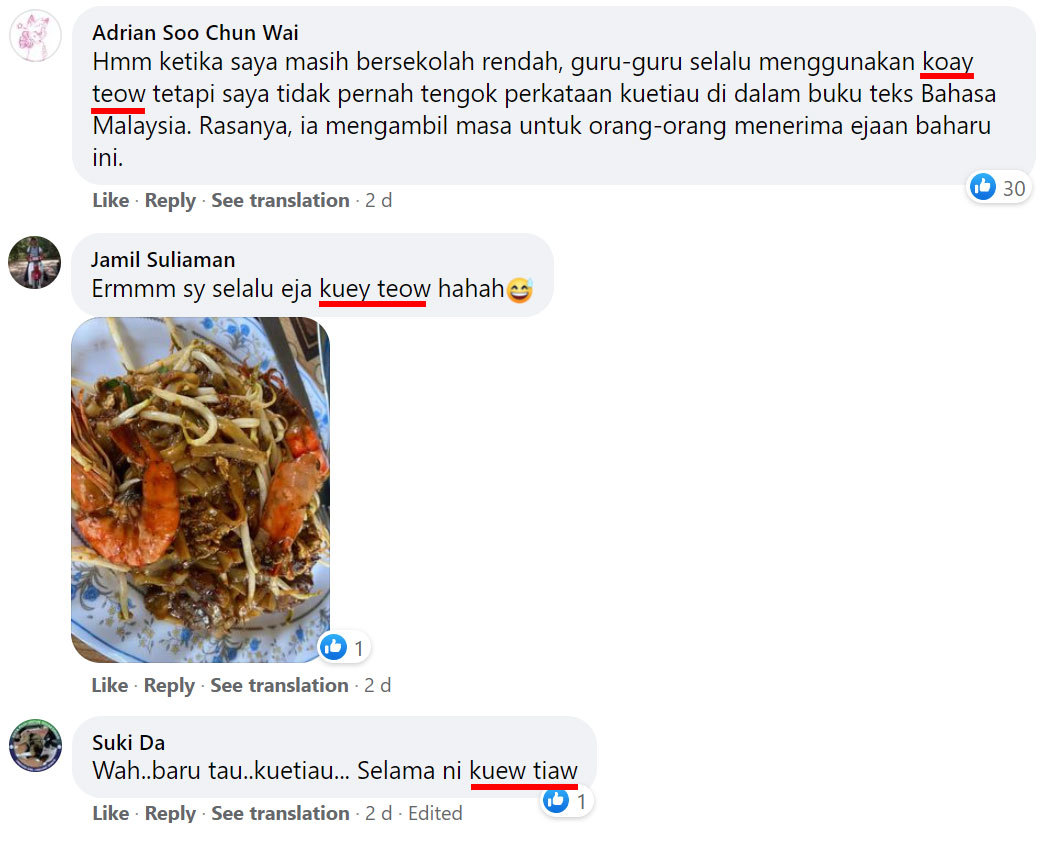DBP Standardising Flat Rice Noodles Spelling To 'Kuetiau' Leaves Malaysians Conflicted
Dewan Bahasa Dan Pustaka (DBP) Malaysia standardised the spelling of the word after years of confusion among Malaysians.
'Char kway teow' or 'char kuey teow'?
Both are wrong. Dewan Bahasa dan Pustaka (DBP) Malaysia recently revealed that the flat rice noodles are actually spelled as 'kuetiau'.
In a Facebook post published on Sunday, 28 February, DBP said neither 'kuetiaw goreng' or 'koay teow goreng' is the right spelling for the stir-fried flat rice noodles.
The government body responsible for coordinating the use of the Malay language in the country has standardised kuetiau as the spelling for the noodles.
'Kway teow' is the Hokkien pronunciation of the word 'flat noodles'. The individual meaning of the words (粿条) means 'kuih' and 'strip' respectively, while 'char' means 'stir-fried' in Hokkien.
On Google, the 'kway teow' spelling fetches more search results than 'kuey teow' and 'kuetiau' combined.
In a reply on Twitter, DBP said that 'kuetiau' has been added to the Kamus Dewan, which was first published in 1970
However, many netizens are conflicted with this revelation
The Facebook post in which DBP announced the spelling went viral with over 10,000 likes and 4,500 shares.
Hundreds of netizens said that they are shocked by DBP's decision on the spelling.
"Hmm... when I was in primary school, teachers always used 'koay teow', but I never see the word kuetiau in Bahasa textbook. Guess that it will take a while for people to accept this new spelling," read a top comment.
"Ermm... I always spell it as 'kuey teow'," said a netizen, while another added, "Wow. I just know this. Kuetiau. I've always spelled it as 'kuew tiaw'."
All of the three Facebook users spelled the words differently.
Some netizens pointed out that many hawker stalls out there spell the word differently.
One netizen pointed out that some shops spell the word as 'koteow'.
One person contended that there is no right spelling of the word because, even among the Chinese, people speaking different dialects pronounce the word differently
Meanwhile, one netizen asked why does ordering 'char kuey tiaw' will receive a dish that comes with broth.
In a stroke of wisdom, one netizen said char kuey teow and kuetiau goreng supposedly mean the same thing.
"But, depending on your locality, the two terms can mean different things," he said.









